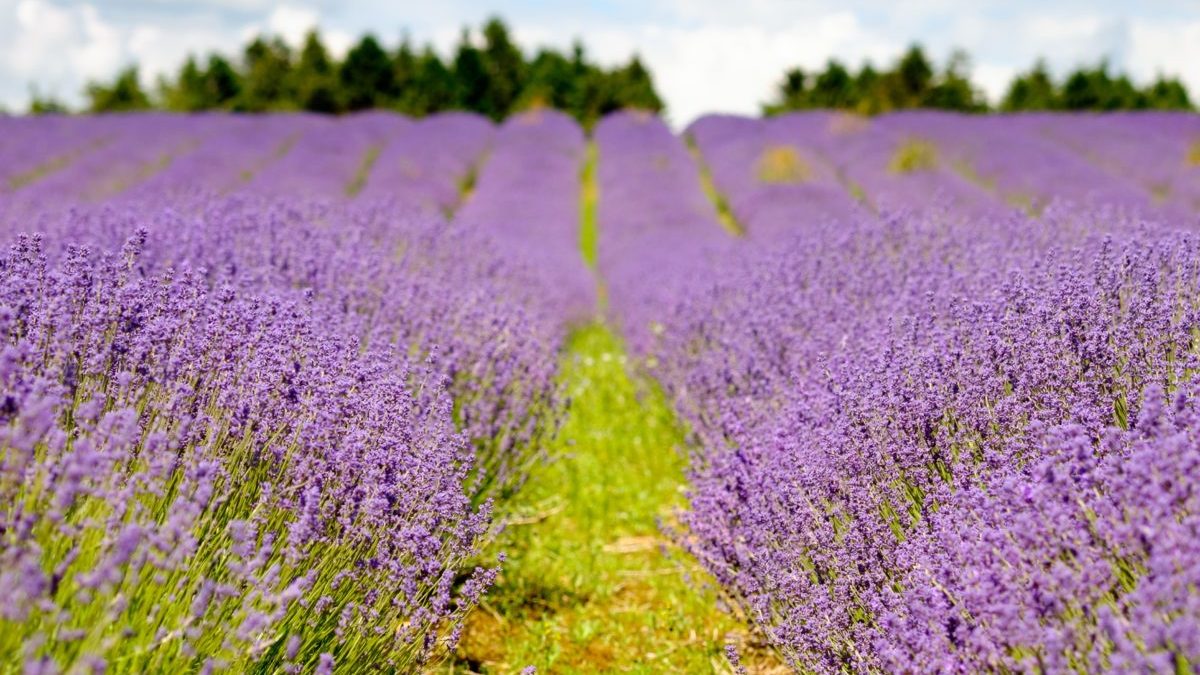
Essential oils are composed of chemical molecules produced by plants. Their actions are powerful on fungi and bacterial diseases. They can also indirectly stimulate the natural defenses of plants.
In the case of insects, they produce a repulsive or disruptive effect, blocking for example the development of caterpillars, preventing them from feeding. They intervene as a last resort, after natural methods limiting or avoiding pests.
Contents
What precautions should be taken?
Some essential oils are classified as dermocaustic: avoid contact with the skin, rinse your hands after use to avoid irritating your eyes or mouth.
It is necessary to choose essential oils for food use, without any risk of ingesting the treated vegetables. But they are always applied in reduced dose not to intoxicate the plant.
How to use essential oils
The applications of essential oil are carried out on vegetables or fruit trees in the presence of their leaves. Their use is parsimonious.
It is necessary to respect a delay between two pulverizations of 3 weeks or 1 month.
There is no systematic dosage with essential oils.
Preferably, one treats the plants with essential oils in the morning for a better foliar absorption, the roots not assimilating them.
There are three modes of integration by plants: spraying, infusion or clay milk. In all cases, water is the main vehicle. But it is necessary to solubilize the essential oils: they were extracted from the plants and their water molecules, to put them back, one proceeds to a preparation.
The preparation of solutions with essential oils
The dosage is always the same, whatever the essential oil:
1 ml for 1 liter of water (1000 ml) in spray.
2 % of essential oil in the infuser.
Pour 1 ml of essential oil in vegetable oil of kitchen (of colza or sunflower) to obtain a sufficient volume and disperse it well.
Add to the mixture 10 ml of solubilizer, called the tensio-active: a liquid vegetable soap (therefore biodegradable) like the washing-up liquid allows to burst in micro-droplets.
We can associate two essential oils together, but we will keep the base of 1 ml cumulated.
Make this preparation at the last moment.
Measure the pH of the water
For the essential oils to be effective and well absorbed by the leaves, the pH of the water must be neutral (7) or ideally between 6.5 and 6.7.
Get colored strips to analyze your water and test on a sample.
Lower the pH if necessary (in most cases) with fruit vinegar: 1 ml of vinegar for 1 l of water lowers the pH by 1 point. Thus, in a water measured at 7.5, pour 1 ml of vinegar in 1000 ml of water to obtain a pH of 6.5.
Essential oils for the garden
5 Essential oils for the garden
Mountain Savory
Very anti-cryptogamic, it treats mildew, powdery mildew, scab, peach blisters, moniliosis.
Sweet Orange
This powerful antifungal serves as a repellent against insects (whiteflies, white flies, red spiders).
Peppermint
It acts against aphids as an insecticide.
Juniper
In the vegetable garden and orchard, this essential oil keeps away the fly and butterflies.
Cryptomeria
The essential oil of this Asian conifer is applied to the leaves to stop the development of caterpillars and larvae of cabbageworm or leek worms. It has no preventive action.
Combine orange and savory essential oils
Combined, they can be used as a preventive treatment against cryptogamic diseases:
Tomatoes, eggplants, peppers attacked by mildew (in humid regions).
Roses, vines, fruit trees affected by powdery mildew.









